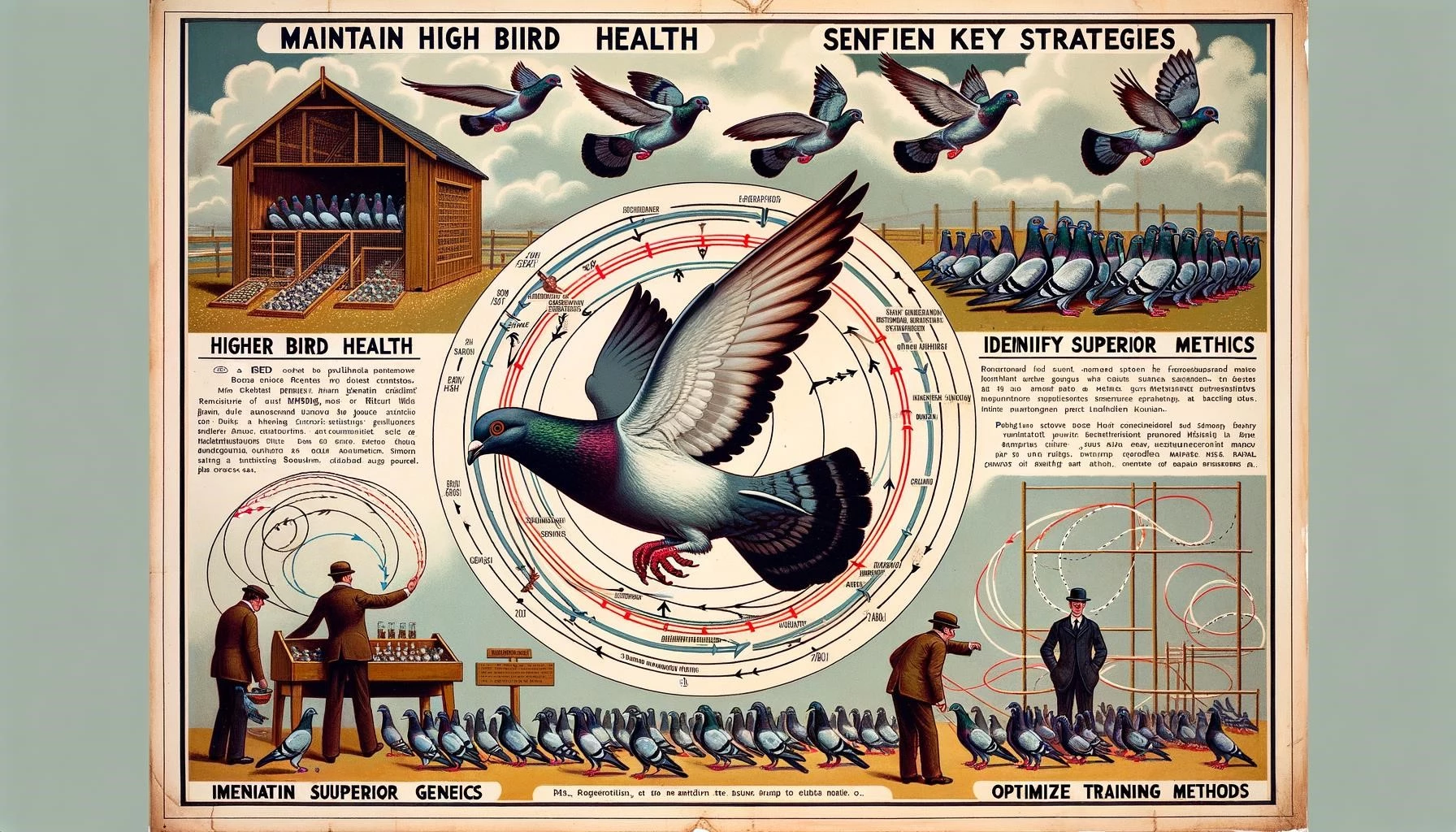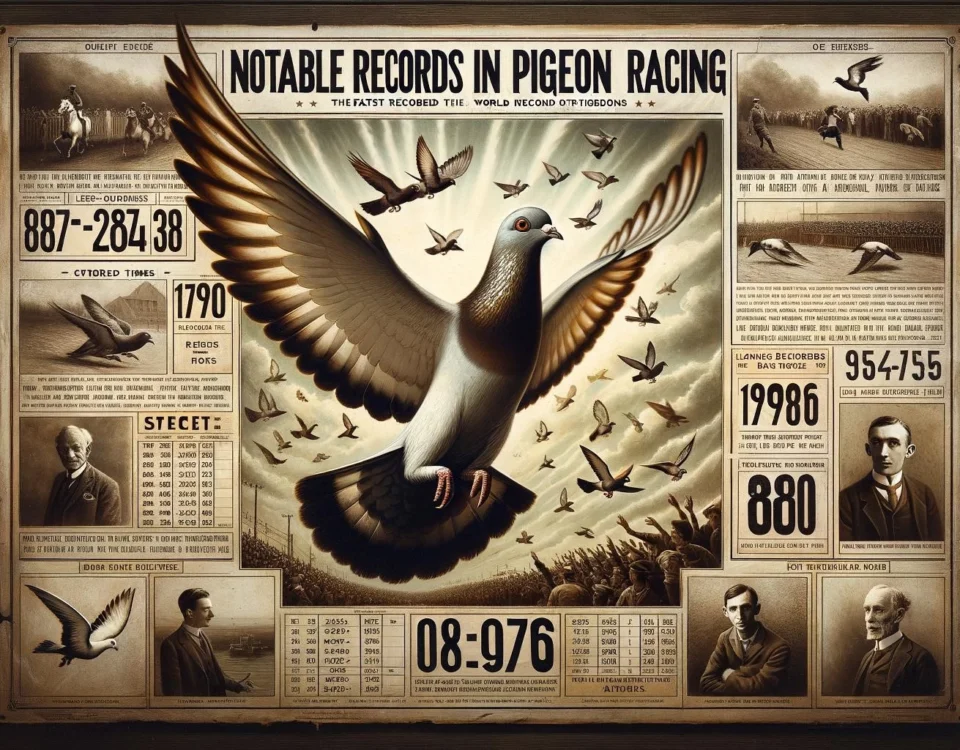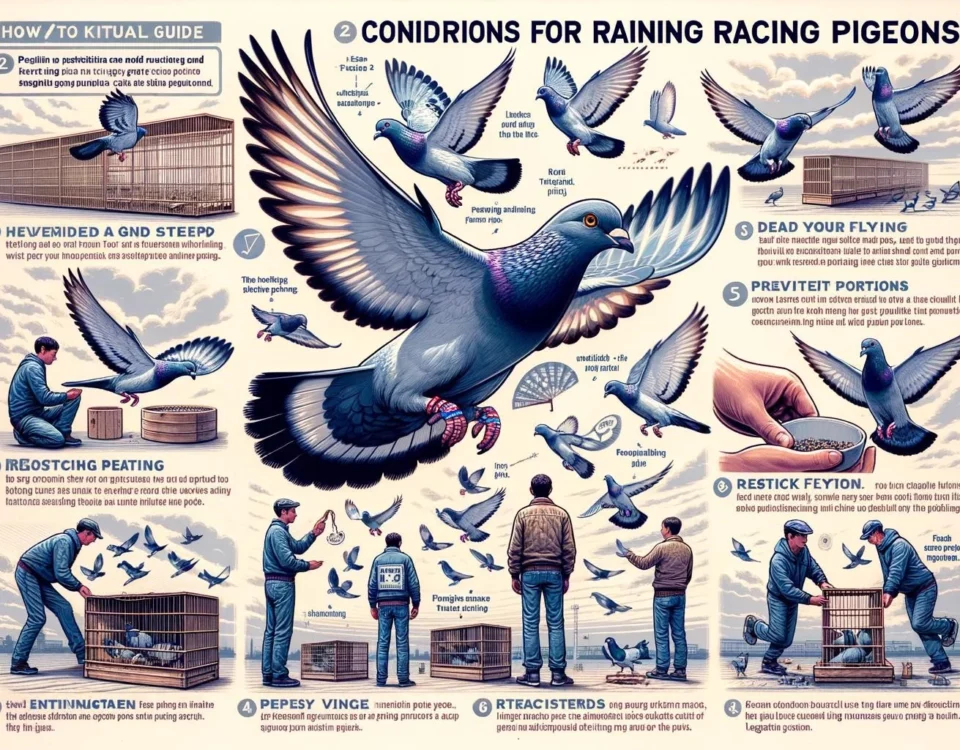Pigeon racing is a competitive sport that involves training and racing pigeons from a particular starting point back to their individual lofts. It requires skill, strategy, and careful preparation to achieve success in this sport. In this article, we will explore some key strategies in pigeon racing that can help fanciers improve their performance and increase their chances of winning.
1. Health and Fitness
A healthy pigeon is a competitive pigeon. Therefore, one of the most important strategies in pigeon racing is to ensure the birds are in peak physical condition. This includes regular health checks, proper feeding, and supplementation.
Regular health checks are essential to identify any health issues early on and prevent them from affecting the bird’s race performance. Fanciers should monitor their pigeons closely for signs of illness or injury and take appropriate action, such as consulting a veterinarian, when necessary.
Feeding is another crucial aspect of pigeon racing. Fanciers need to provide a balanced diet that meets the nutritional needs of their pigeons. The diet should be adjusted according to the specific requirements of the races. For example, if the pigeons are being trained for marathons and long flights, a diet that complements their Type IIa muscles should be provided. If the goal is to train them for sprints, the focus should be on the Type IIb muscles.
In addition to proper feeding, supplementation can also play a role in enhancing the health and performance of racing pigeons. Supplements like vitamins, minerals, and electrolytes can provide the necessary nutrients to support the bird’s endurance and overall well-being.
2. Training and Conditioning
Training and conditioning are fundamental strategies in pigeon racing. Fanciers need to develop a comprehensive training program that gradually builds the bird’s stamina and endurance.
Training should begin with short-distance tosses, gradually increasing the distance over time. This helps the pigeon develop navigational skills and familiarize itself with the racing route. Alongside physical training, pigeons also need mental conditioning to become comfortable with race conditions and handling stress.
Interval training is another effective strategy in preparing pigeons for races. This involves alternating periods of intense flying with periods of rest and recovery. Interval training helps improve the bird’s speed, endurance, and recovery time.
It is also important to train pigeons in a variety of weather conditions to prepare them for different racing scenarios. This helps them develop the ability to adapt and perform well under varying conditions.
3. Selection and Breeding
Selecting the right pigeons for specific distances and weather conditions is crucial for success in pigeon racing. Fanciers should carefully consider the breeding lines, performance history, and physical attributes of the pigeons when making their selection.
Breeding strategies are employed to improve the performance of racing pigeons. Line breeding, inbreeding, and crossbreeding are common techniques used to enhance desirable traits such as speed, endurance, and navigation abilities.
Additionally, monitoring and recording the performance of individual pigeons and their offspring can help fanciers identify successful breeding pairs and further improve their loft’s performance over time.
Key Takeaways
- Health and fitness are key factors in pigeon racing. Regular health checks, proper feeding, and supplementation are essential.
- Training and conditioning should be gradual and include a variety of distances and weather conditions.
- Selection and breeding play a crucial role in improving the performance of racing pigeons.
By implementing these strategies in pigeon racing, fanciers can increase their chances of achieving success in this challenging yet rewarding sport.









